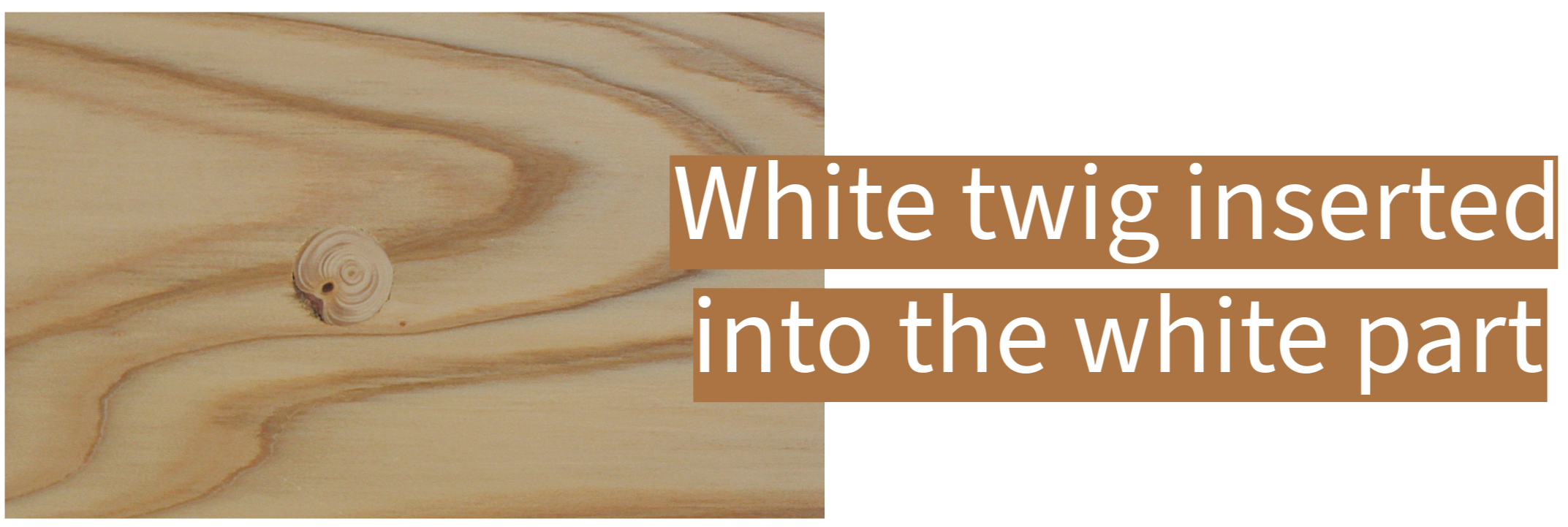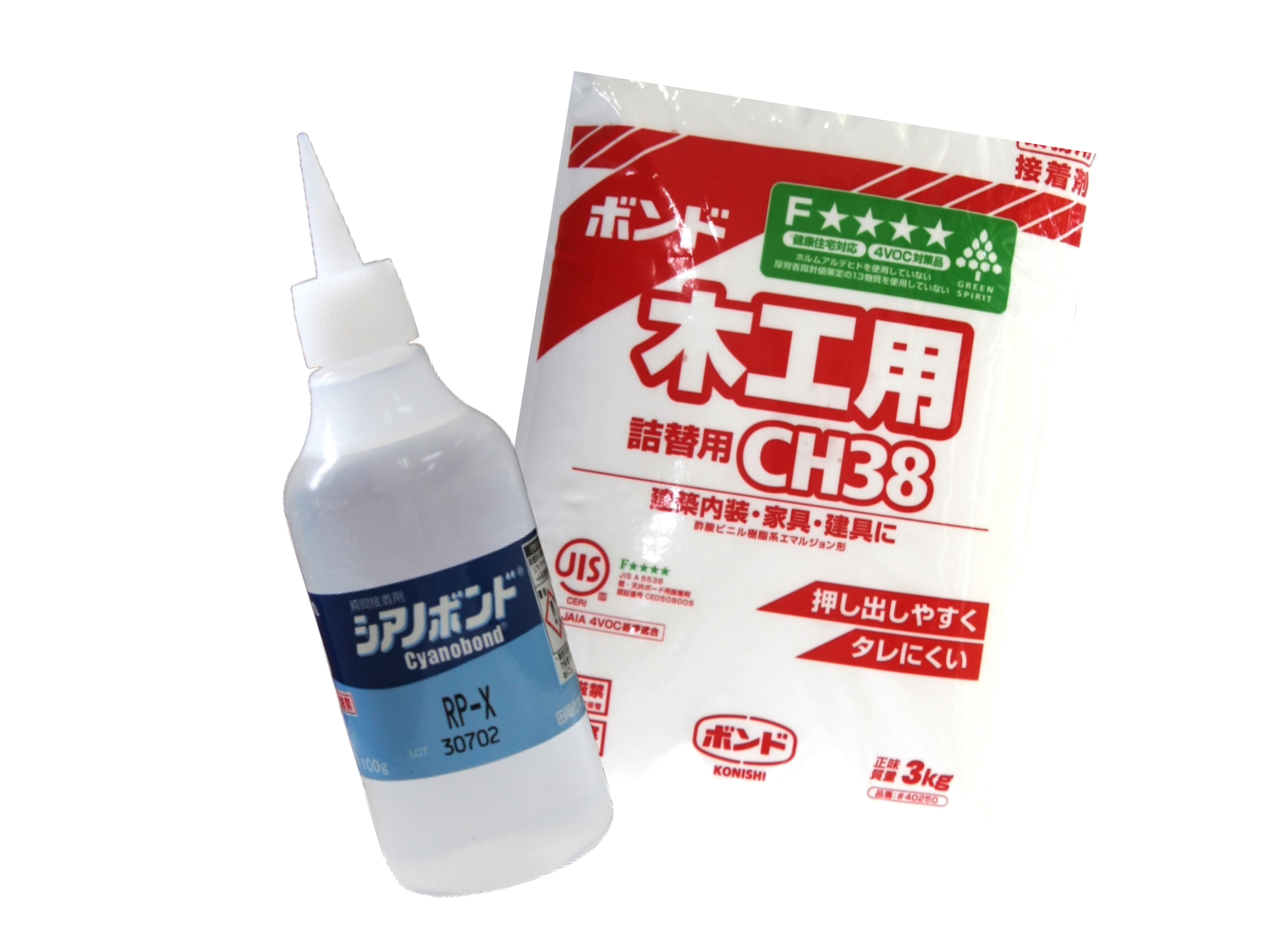About
/
About
About Atopic Killer
Atopic Killer is a 100% original product made from natural japanese cedar trees ranging 60 to 100 years old. It's a 99,99% natural building interior material. Used in Traditional Japanese buildings from ancient times, such as the Buddhist temples and Shrines of Nara, Kyoto and old private houses, The Cedar trees (杉 - Sugi) grown in Japan's climate are best suited as building materials in Japan. The spread of Atopic Killer has become a major mission to protect and nurture Japan's forests, provide health to the people, fix carbon dioxide in the atmosphere, and prevent global warming.
99,99%
natural

Why is Atopic Killer 99.99% natural? What about the 0.01%?
As a characteristic of japanese cedar trees (杉 - Sugi), there are two types of knots: alive knots (生き節) and dead knots (死に節).
For the dead knots there is a special treatment using the twigs(枝) and Glue. Because of that process we can not call it 100% natural

Alive knot

Dead knot
Dead knots treatment

1. Drill a hole

2. Fill with twigs

3. Finishing
The above knot hole filling work (hereafter referred to as "filling wood") is usually done by using wood paste (木エパテ sold at home centers), but at our company, we use cedar(杉)and pine (檜) twigs from the mountains to fill wood. We work on a row. In particular, the cedar board has a clear contrast between red meat and white meat. The color and wood grain are carefully finished by one person.


Glue
However, in the process of filling wood (埋木), we use two types of bonds to make it popular as an atopic killer continuous construction material. (It is a product approved by the government)

What is the difference between solid wood and engineered wood?
Solid wood refers to products made entirely from natural wood, with the same material throughout, from the surface to the interior. In contrast, engineered wood, also known as composite wood, is made by gluing together thin layers of wood veneer, and it may have a decorative veneer or printed wood grain on top.
Some engineered wood products do not contain any solid wood at all. While engineered wood is commonly used in our surroundings, it can be challenging to distinguish between real wood and fake wood. Even though they may look the same, the benefits provided by solid wood as durability, greater resistance and others can not be expected from engineered wood.

Advantages
01
Excellent durability
02
Free from harmful substances
03
Versatility of design
04
Shiny, smooth and comfortable
Price $$$
Unlike industrial products, it takes time and effort to finish, once, some steps of the process are totally handmade, one by one. So it may not be cheap, but depending on the grade, it is reasonably priced. Also, if you consider health, safety, and the environment as a whole, I think you can say that the cost performance is high!
